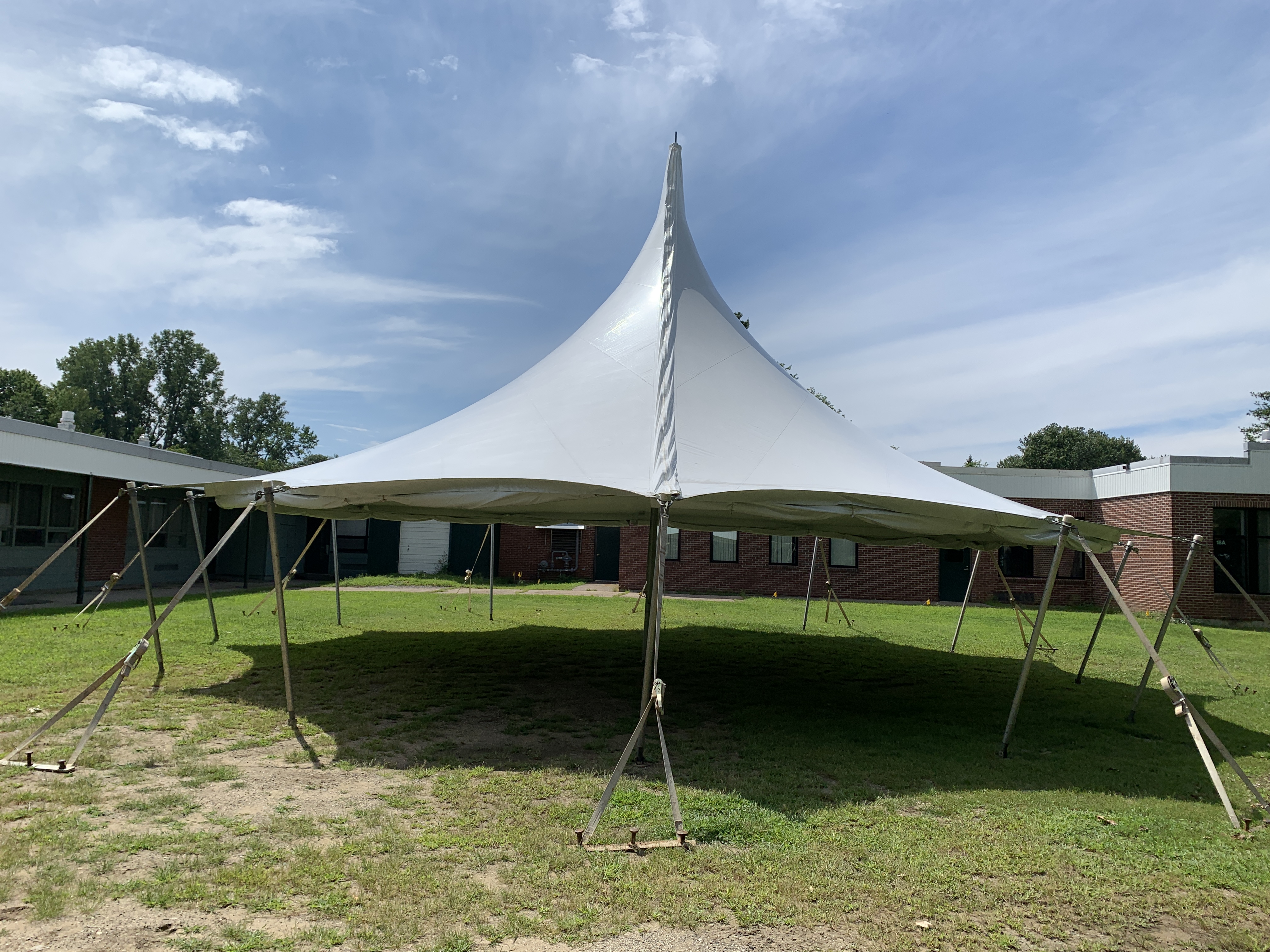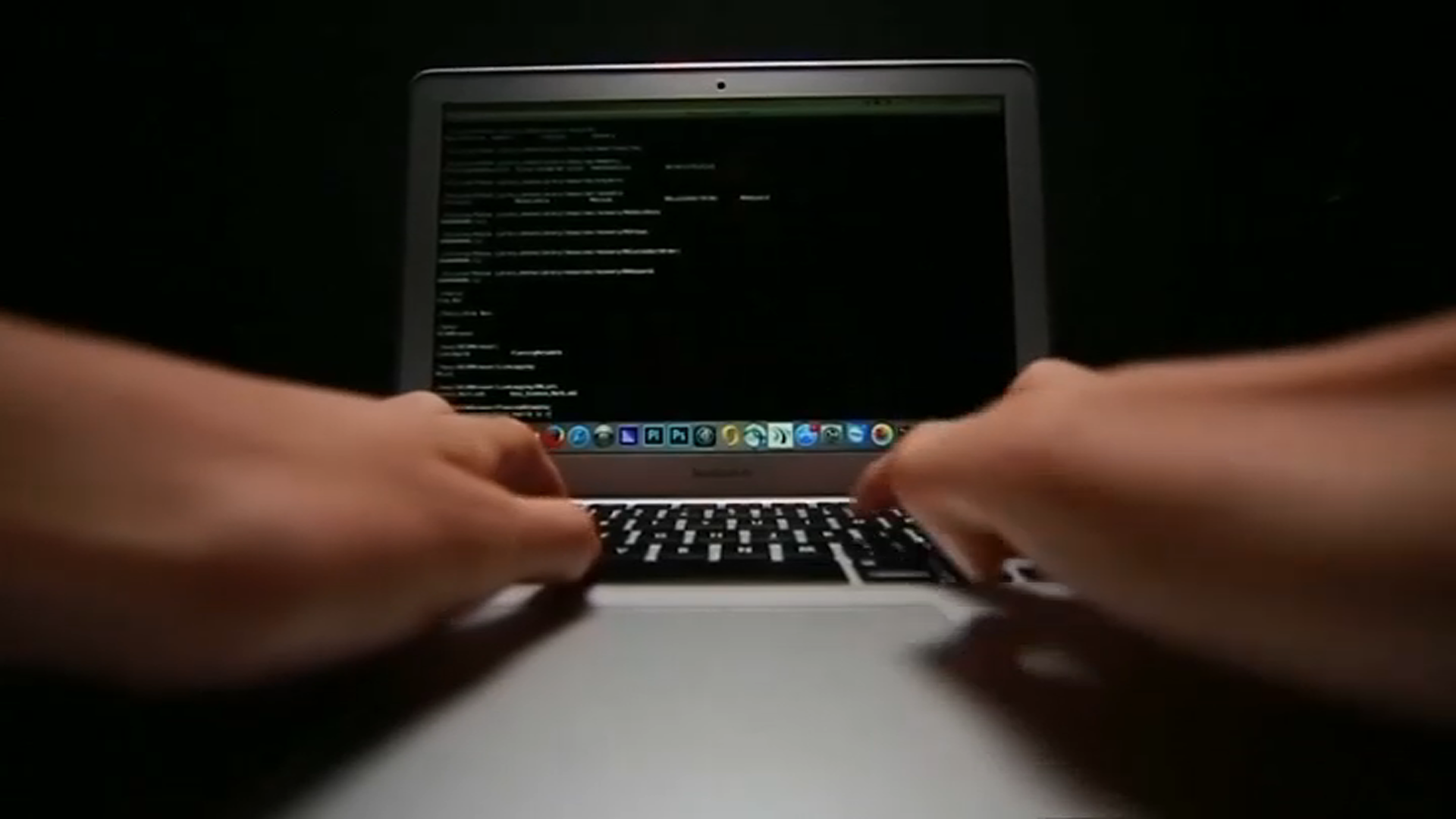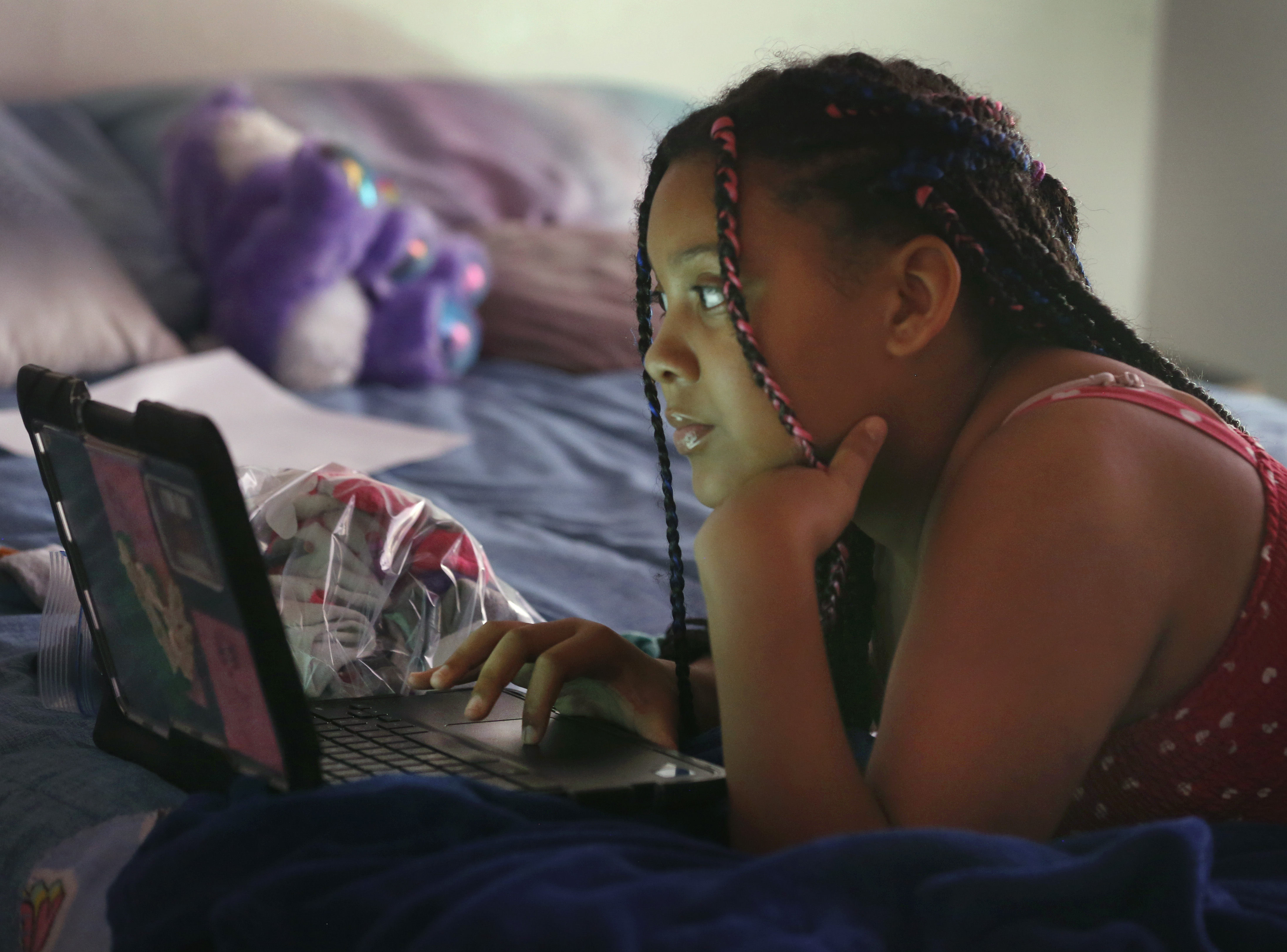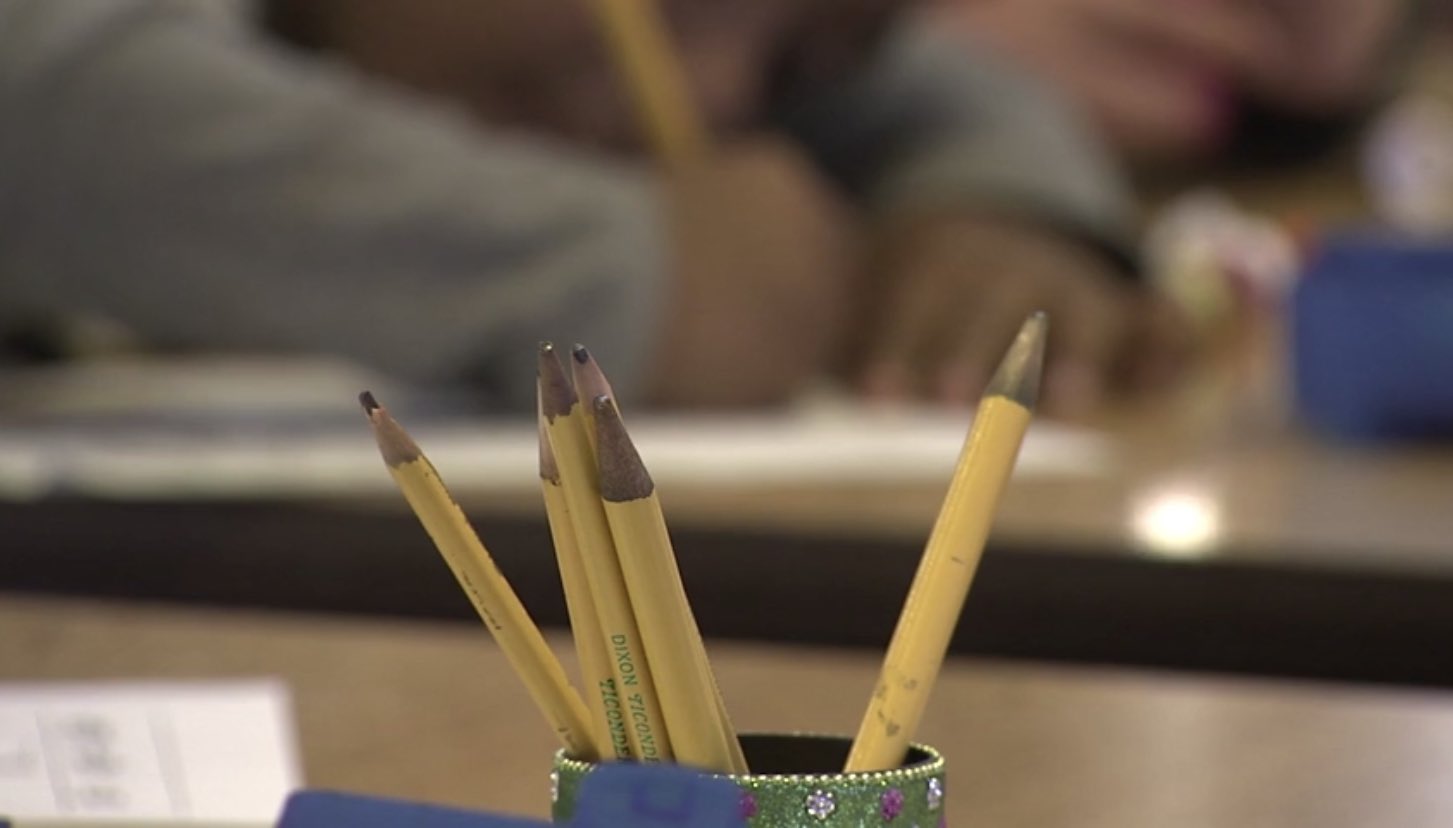As parents and educators in Massachusetts and across the United States push to find the safest way to send kids back to school in the fall, many are looking to other countries to see what they've done right and wrong.
“We’re talking about a bunch of known risks to kids of schools staying closed, and then there are a bunch of unknown risks to both kids and adults of schools reopening,” said Meira Levinson, a professor of education at Harvard Graduate School of Education.
Levinson, who also spent years as a middle school teacher in public schools in Boston and Atlanta, co-authored a recent article for the New England Journal of Medicine on "Reopening Primary Schools During the Pandemic," that included analyzing research from other countries where schools are open.
“Virtually every country that has reopened schools or kept them open, has kept transmission under one case, one new case in every one million people per day,” she said.
Not a single U.S. state is anywhere near that low level of community transmission, Levinson says.
"We suggest that primary schools might be able to be opened if you have transmission rates of 10 cases per hundred thousand or lower per day, if you have certain other kinds of actions and public health measures in place, such as good ventilation, such as masking, such as pooled testing,” she said.
Levinson cautions, however, that there wasn't really one set of best practices in other countries.
"In some countries kids are put in pods and they can only interact with other kids in the pod…in some schools you have all the kids facing forward, and you have plexiglass barriers around every desk," Levinson said. "In Belgium, they were holding classes in churches.”
New England Schools Reopening
There was one consistency among most foreign schools, though, according to Levinson.
"In all cases you have protections for teachers because adults clearly are susceptible,” she said.
Levinson says if everyone took the virus seriously, schools could safely reopen nationwide in about two months.





